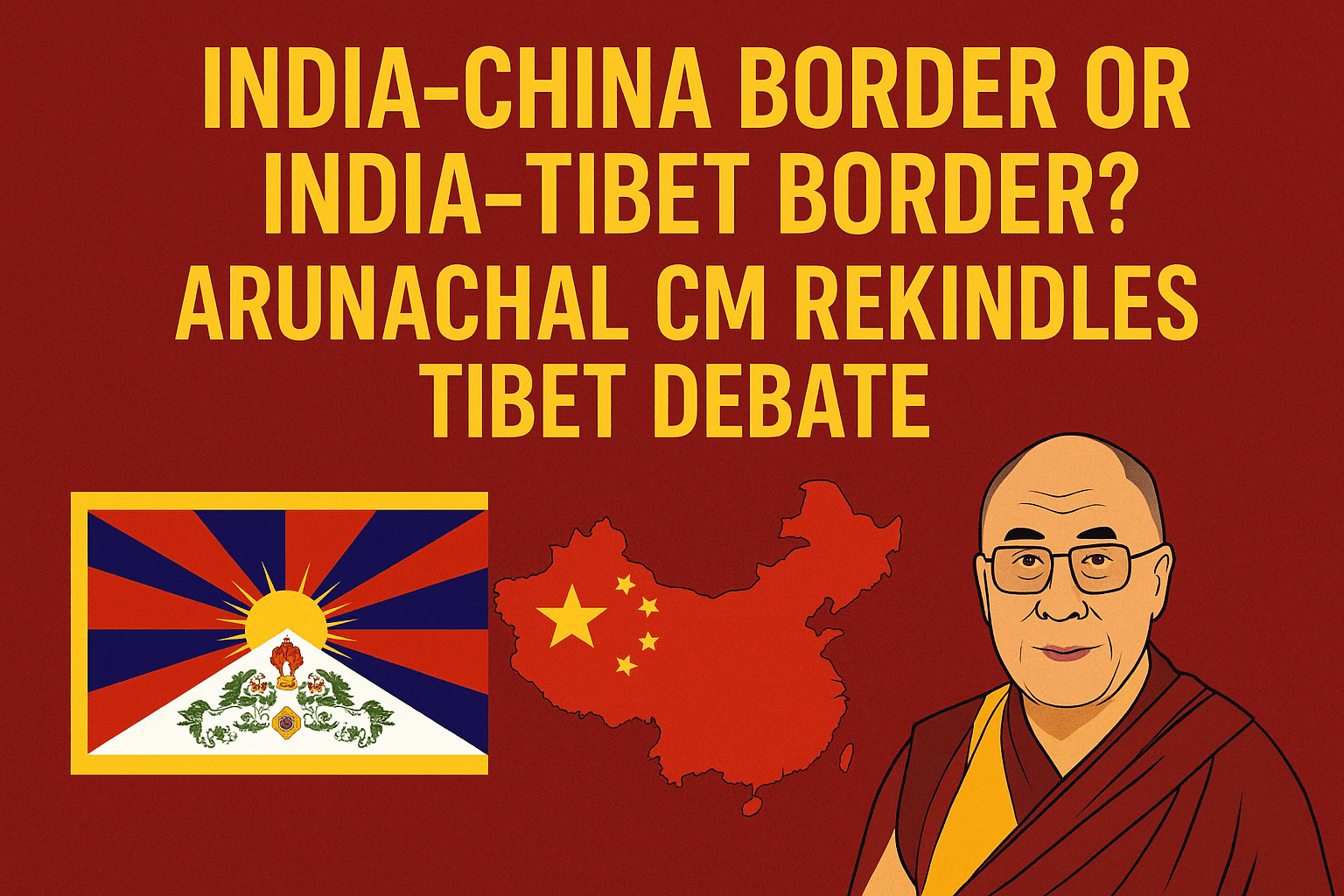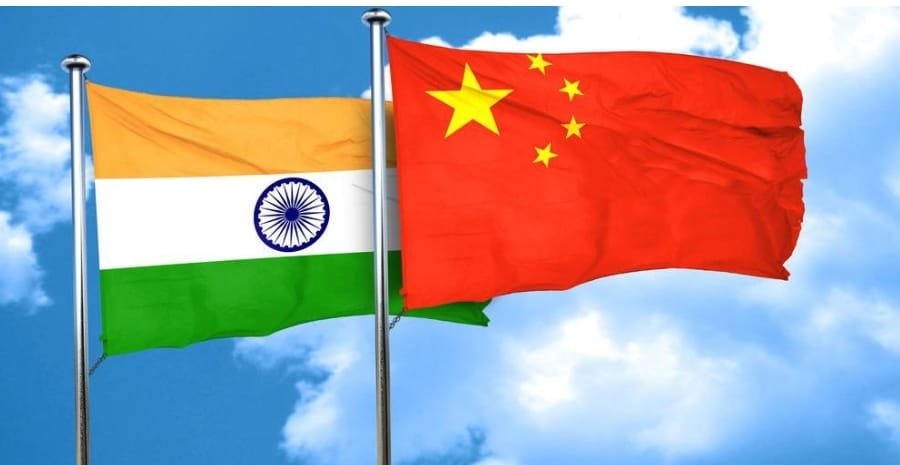A recent remark by Arunachal Pradesh Chief Minister Pema Khandu has sparked a new wave of discussion about a long-standing and often overlooked geopolitical reality: India does not truly share a border with China—but with Tibet. While this sentiment has been privately held and occasionally whispered in strategic circles, it is perhaps for the first time that a sitting Indian Chief Minister has publicly made such a statement, drawing attention to the unresolved question of Tibet’s sovereignty and China’s historical occupation of the region.
This seemingly simple statement opens a Pandora’s box of international politics, historical injustices, exiled governments, and questions about India’s official stance. Here’s a breakdown of the issue, reactions, and its implications.
The Statement That Sparked It All
At a public event, CM Pema Khandu boldly declared,
“We don’t share a border with China; we share a border with Tibet.”
His statement, though brief, was a direct challenge to the mainstream narrative India has adhered to since the 1950s—when New Delhi officially recognized Tibet as a part of the People’s Republic of China under Prime Minister Nehru’s government.
In a region where the border is not just a physical line but a deeply contested zone of identity, sovereignty, and culture, such a remark resonates deeply, especially among Tibetan exiles and indigenous border communities.
A Brief History: What Is Tibet?
Tibet was an independent nation for centuries with its own language, culture, spiritual leadership (centered around the Dalai Lama), and governance. Though various Chinese empires intermittently claimed suzerainty, Tibet was functionally independent until 1950, when the Chinese People’s Liberation Army invaded and occupied the region.
In 1951, under duress, Tibetan representatives signed the 17-Point Agreement with China, which guaranteed autonomy and preservation of religion—but these promises were soon broken.
In 1959, a full-fledged uprising occurred, and the 14th Dalai Lama fled to India, where he established a government-in-exile in Dharamshala. Since then, Tibet has remained under tight Chinese control, with allegations of cultural suppression, religious restrictions, forced sinicization, and human rights violations.
India’s Silence—and Now, Subtle Shifts
Post-1950s, India officially accepted China’s claim over Tibet, largely to avoid conflict. But this decision came at a cost. The 1962 Sino-Indian War was partly rooted in border disputes resulting from the Chinese occupation of Tibet.
Despite growing anti-China sentiment in India, successive Indian governments have treaded carefully, avoiding any direct reference to Tibetan sovereignty.
However, civil society, Tibetan exiles, and now regional leaders like Pema Khandu are challenging this silence. His comment reflects a growing realization that India’s problems with China stem not from a direct relationship—but from its unresolved relationship with an occupied Tibet.
China’s Reaction
While official Chinese response to Khandu’s remarks is still muted, Chinese state media and online commentators have consistently reacted sharply to any mention of Tibet as anything but a “core part” of China.
Beijing has in the past issued diplomatic protests against even minor symbolic gestures toward Tibetan autonomy—like Indian leaders meeting the Dalai Lama or referring to the McMahon Line as the legitimate border.
It is likely that China will condemn the statement if it gains more media traction or if New Delhi does not distance itself from it.
Dalai Lama’s Stand and Tibetan Reactions
The Dalai Lama, while now officially advocating for “genuine autonomy” rather than full independence, has never accepted the legitimacy of China’s rule over Tibet. His government-in-exile continues to represent the aspirations of millions of Tibetans, many of whom view Arunachal Pradesh as historically linked to Tibet both culturally and religiously.
Khandu’s statement has found support in Tibetan communities, who see it as a long-overdue acknowledgment of truth.
Tibetan leaders in exile have hailed the CM’s words as courageous, emphasizing that the global community—and especially India—must stop normalizing China’s colonial occupation of Tibet.
Geopolitical Implications
Khandu’s statement, while not an official shift in Indian policy, reflects a soft power assertion that could potentially impact:
- Border negotiations with China
- Tibetan refugee relations
- India’s strategic positioning in Asia
- The Quad alliance and global anti-authoritarian coalitions
It also signals that regional voices in India’s Northeast—who live with the consequences of Chinese aggression and proximity—are willing to call out what central governments hesitate to say.
Conclusion: A Truth Too Long Ignored
The idea that India shares a border with Tibet, not China, is more than a matter of semantics—it is a historical and political reality with far-reaching implications. Pema Khandu’s words might be just a sentence, but they have reopened a conversation long buried under diplomacy and realpolitik.
Whether India will follow up on this or continue its cautious silence remains to be seen. But one thing is clear: Tibet is not forgotten.
The borderlines on the map may say “India-China,” but in the minds of many—especially those at the frontier—they still say India-Tibet.
Reported by firstpeople.in – voices from the margins, stories that matter.












